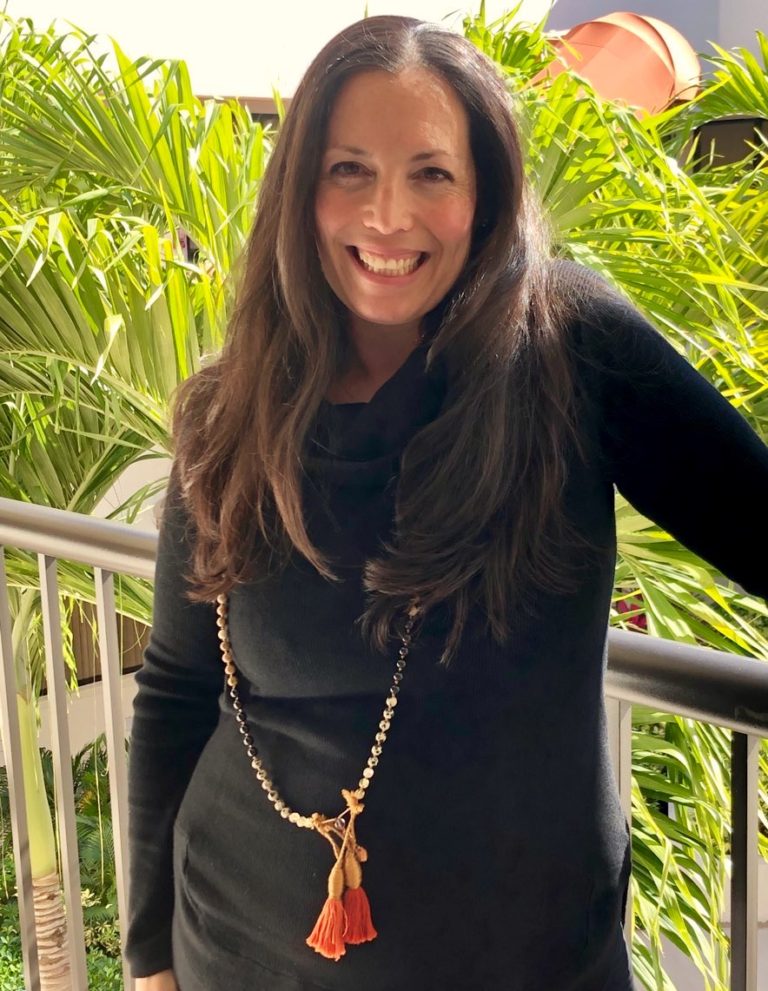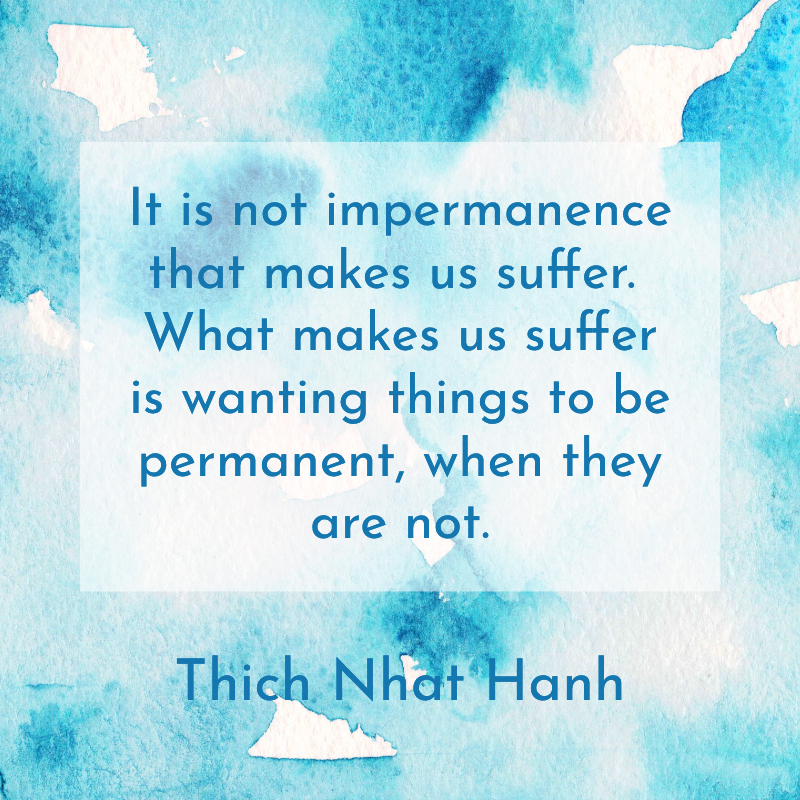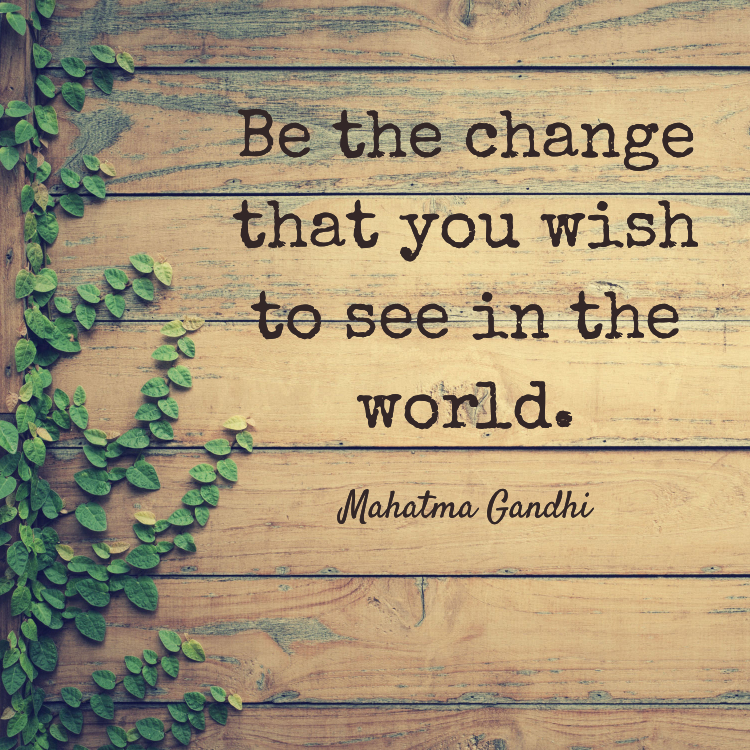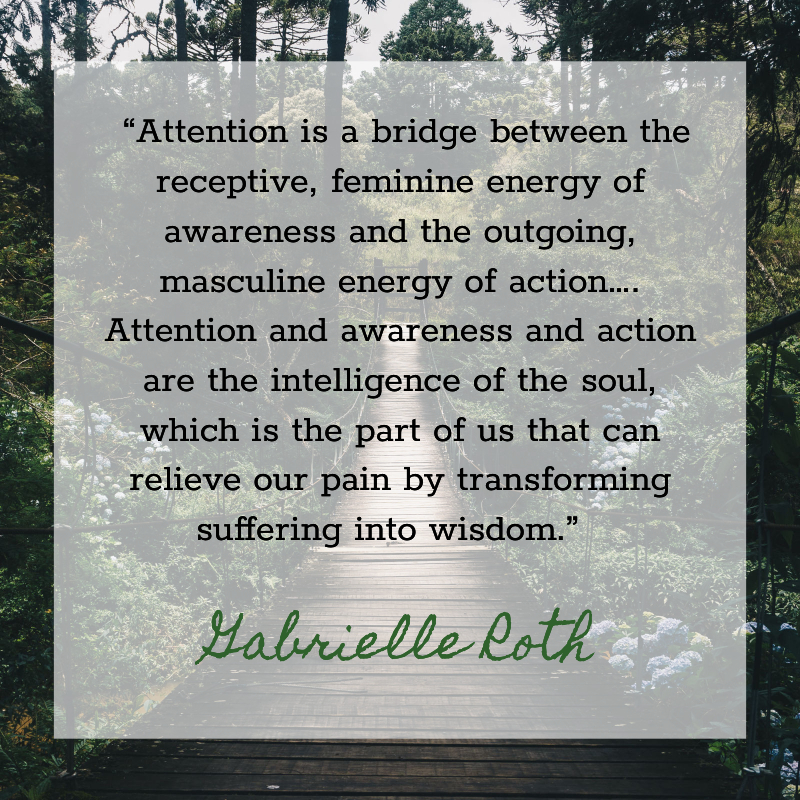
Take a moment and contemplate the last time you just stopped. You weren’t checking email, texts, watching TV, doing bills or errands… you were just resting. Our culture is concerned with “what we do (for a living),” “what we did (on the weekend),” or “what was done (at work).” But this constant striving, outputting of energy is costing us all. We are tense with our children and spouses, we are short with co-workers, or unable to appreciate our friendships because our “to do” lists seem to be constantly knocking on our inner doors. This keeps us out of balance.
The masculine energy of action (both men and women have this) is a wonderful driver, but the feminine energy (yes men have this too) of being and receiving is an essential counterpoint to all the doing. When I’m on silent retreat, sometimes for 10 or more days, I find in the first few days my mind and nervous system seem to be unspooling from daily life- despite daily yoga and meditation. Not everyone is inclined or able to do long retreats, but everyone can take a day for rest. The tradition of the Sabbath was to pull us away from our constant doing, to rest and contemplate those things beyond daily life. A day of rest, even if not done weekly can refresh your Soul and help to put things in perspective. As the old saying goes, “no one wishes on their death bed they’d put more hours in at the job.“
What we wish for is we’d taken more opportunities to explore, attended to the little moments of sweetness along the way, and had given and received more love. On a Soul level we know this to be true but our mind is always pushing. Try on a few hours of just resting. Completely unplug and either alone or with someone dear to you just stop, listen and notice what is right in front of you. As William Blake says:
“To see a world in a grain of sand,
And a heaven in a wild flower,
Hold infinity in the palm of your hand,
An eternity in an hour.”
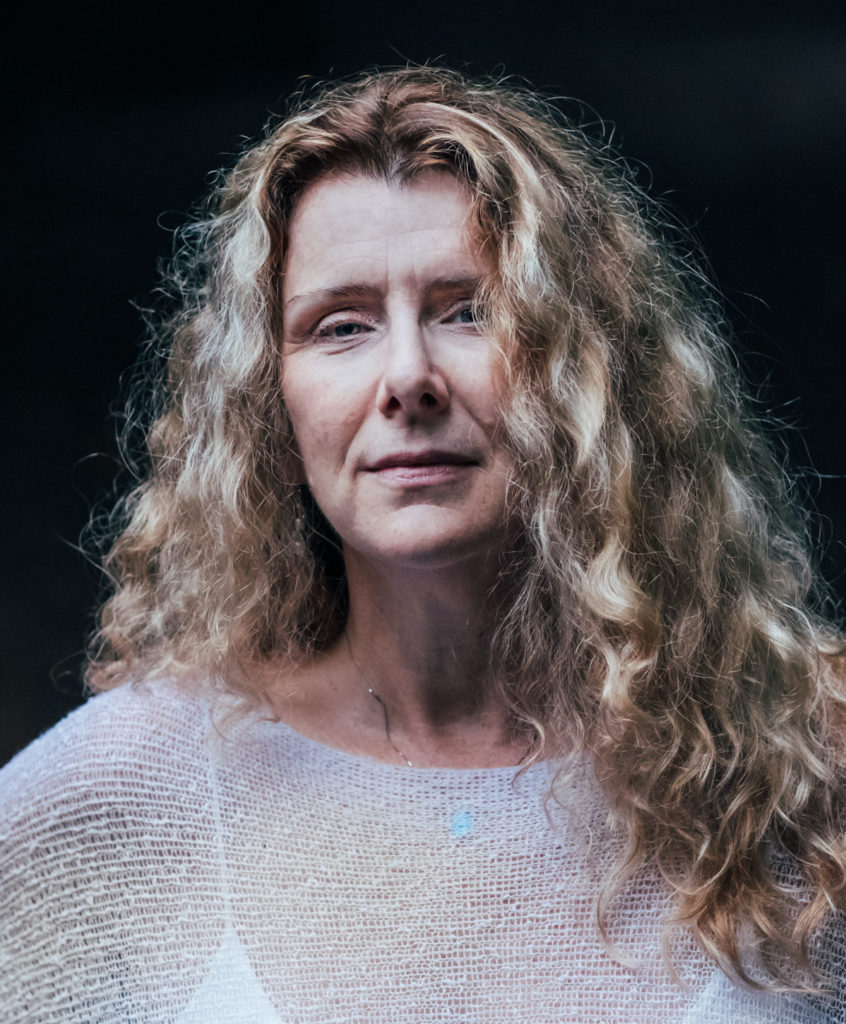
Anni Johnston, LMHC-S, BC-D/MT, CEDS, CYT works at Therapeutic Oasis of the Palm Beaches as a Licensed Mental Health Counselor and Movement Therapist. In addition to her therapy work, Anni offers weekly Beginner and Advanced Meditation classes at Sacred Treehouse. She also offers book studies and special workshops throughout the year.


